Let’s start with a quote from Christian Bale, “Out there is the perfect lap. No mistakes, every gear change, every corner, perfect.”
So then Christian, how come after running your 100th lap at Brands Hatch, you’re still a second or two off the pace? What’s going on, is it down to skill? Your driving style? Lack of fluffy dice?
The answer to this question is never a simple one, and very rarely is there only one particular thing to blame…. unless you are using a dance mat to drive the car.
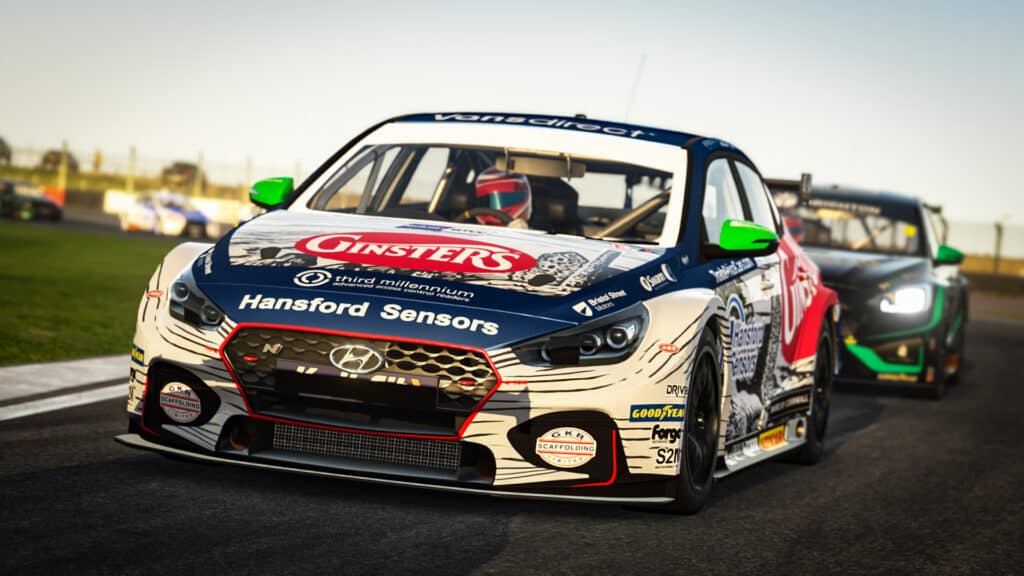
It is always frustrating to know that you’re not able to reach the top of the time sheets when you’ve put hours and hours of practice into an event. Not only is this hugely demoralising, but it can also send you into a negative spiral, clouding your thought process and damaging self-confidence, all of which become a distraction during a race. You are more than capable of reaching the top step, but getting there may require a different approach.
So how do you break through this theoretical wall? Let’s run through the many areas that could play a factor when it comes to combatting slower lap times, and in doing so, hopefully, improve your experience and knowledge within sim-racing.
Diminishing returns
Let’s start from the very beginning when you’ve just completed your first lap. The time you’ve managed is 10 seconds off the pace, but that’s understandable, you’re learning the car and track combination after all.
After the second lap, you’re seven seconds off the pace – we’re getting there. The third lap: it’s five seconds. Confidence is seeping in. By the 20th lap, you know the track and feel comfortable with the car, and you’re at an acceptable pace, possibly around three seconds off the ultimate pace.
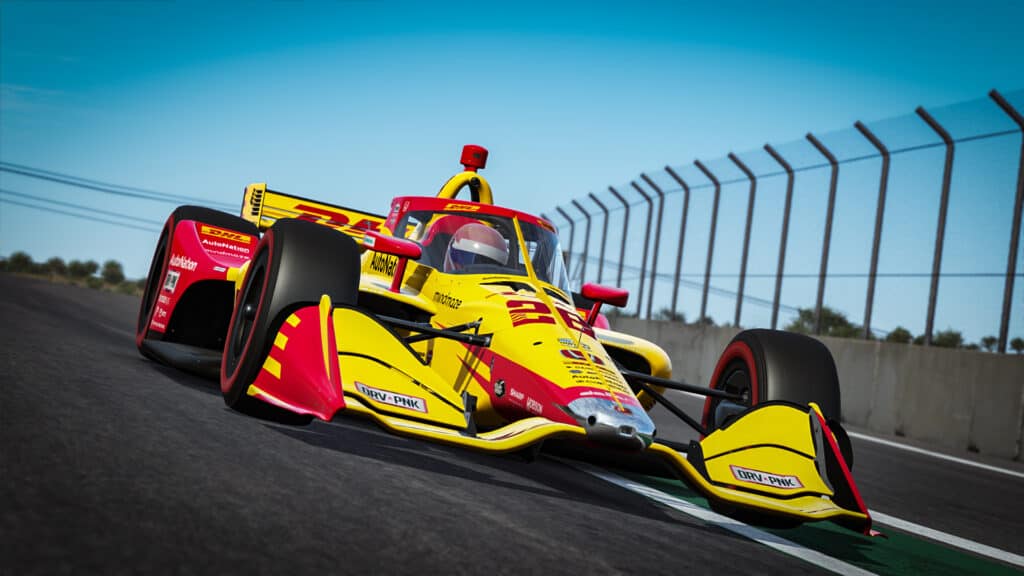
After putting in 100 more laps, you’ve only gained half a second – if you’re lucky – and then only another two-tenths are shaved off in the next 100 laps. 500 laps are now under your belt, and your best is only one second off the pace.
All of these hours spent practising seem like a waste of time, so why bother driving that many laps when you’re just going to finish in the midfield anyway? The truth is, it’s never a waste of time, you just have to understand the law of diminishing returns.
By around lap 20, you will know the track to a basic degree, but every single lap after this continues to teach you small things on a subconscious level, and yes, even when you are crashing into the wall. You’ve done more preparation than 99% of the userbase, but that extra 1% really does count for something.
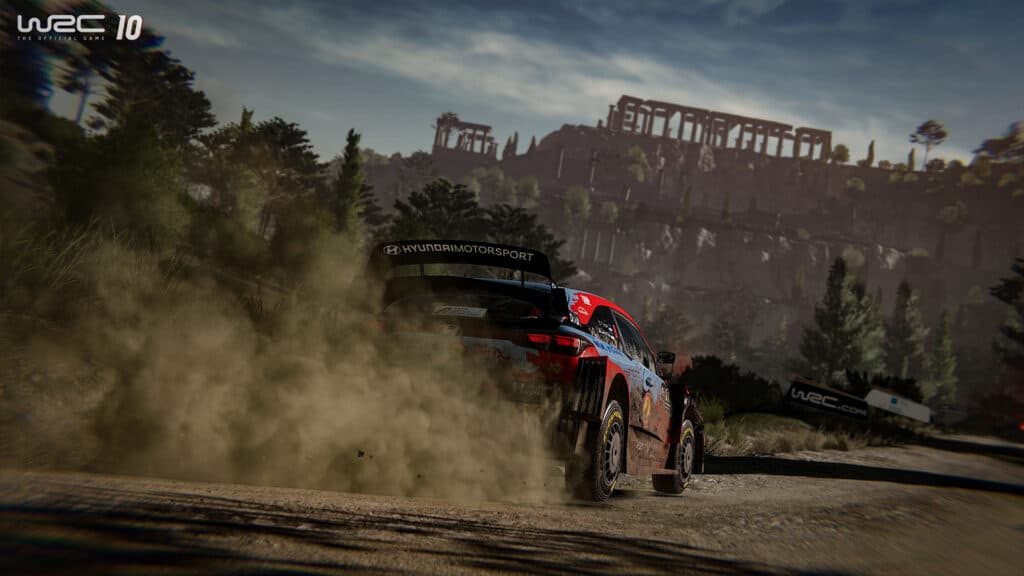
The fastest driver hasn’t magically found the perfect line by lap 50 or so, they’ve probably been doing this for a while. It takes thousands of laps to find those extra margins right at the highest level. Getting more laps under your belt simply means more experience and faster lap times. Even though it feels as if you’ve reached your peak, every single lap is one tiny step to gaining that extra thousandth of a second.
Now obviously everyone learns at different speeds too. Someone may reach this point by lap 5,000, whereas someone else may need 10,000 laps, and that is fine.
Diminishing returns can be a frustrating concept, it can even be demoralising at times… You just need to keep trying and the lap time will come. Practice does indeed make perfect.
Smooth Inputs
If you have a harsh driving style, it can unsettle the car, and you can often end up losing lap time. Take a slow corner for example, where you’re getting back on the power on corner exit. Nail the throttle like you’re trying to crack a walnut and you will often find yourself spinning up the tyres.
Depending on the type of car and its layout, this will either spit you into a spin, unbalance the car from front to rear, or burn up your rubber, hurting tyre wear and lap time. Harsh steering inputs are just as dangerous as a heavy right foot, as big steering angles and sudden movements can often unsettle car balance, hurting minimum speeds and momentum.
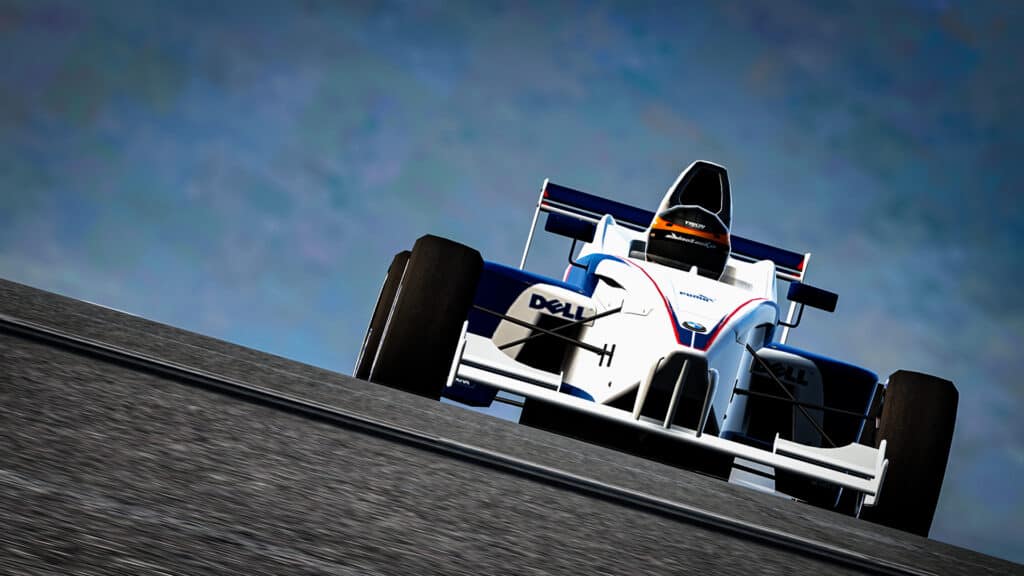
Sure, sometimes you do need an aggressive style to get the most out of a certain type of car, but more often than not, smoother, more progressive inputs will lead to a better overall experience.
Ask an F1 driver how to drive faster, and most of them will mention smooth inputs. Take a look at their driving styles and the steering angle always appears as one fluid motion through a corner, complimented by steady pedal inputs.
If they are sawing at the steering wheel, it’s often on a bad lap and you will hear them complaining about it. A settled car and predictable weight transfer will generally lead to better exits and faster lap times. It takes a lot of practice to adjust to this new driving style if you are aggressive, but it can be done.
Use ALL Of The Track
Every inch matters – something we’ve all heard before. Racing lines are crucial to your lap time, you probably know all about that, but are you using all of the track? No, I mean ALL of it. Most corners are approached from the outside, so drifting in too early or entering from a narrower angle tightens the corner.
The same applies on exit, if you don’t use all of the road available when leaving the corner you are giving away free speed and lap time. Get on the power earlier, and don’t let the space go to waste. Use those kerbs when possible too, whether it’s entry, apex or exit. All of this leads to faster lap times.
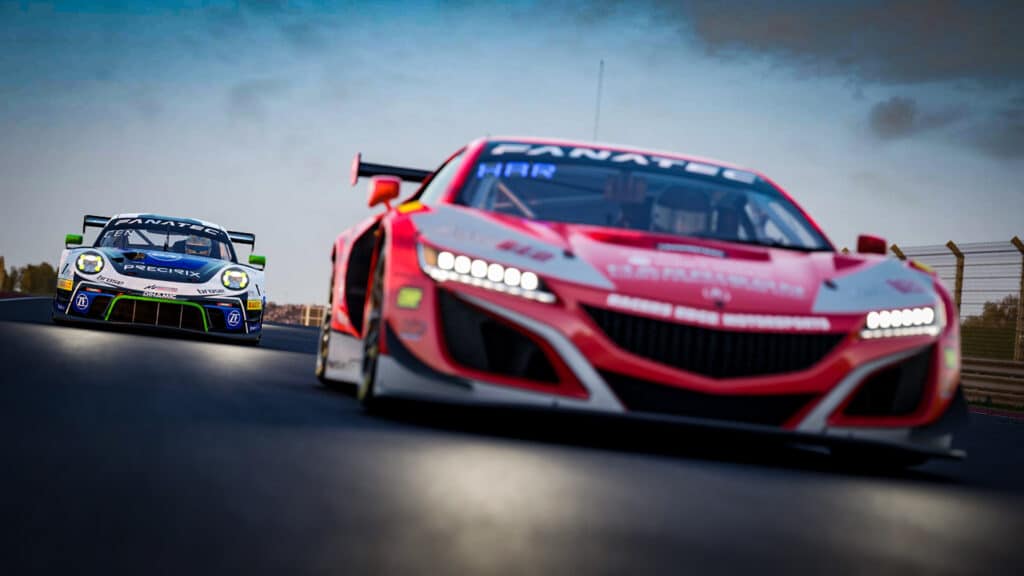
Due to the nature of sim racing, an easy way to find this extra space is by using a camera angle that’s above the car, such as a helicopter cam or a far-chase cam. It is very hard to judge how close you are to the edges of the track when sat low in your cockpit, but using these views can show you exactly where there is more space available, and how much there is. Just watch for the grass, we don’t want you to lose Traxion (.GG).
Remember, the key is: slow in, fast out. Slow entry to the corner, and a fast exit to maximise your speed down the following straight. Braking late with fast corner entry speed can come in handy when you’re trying to make a move or defend for instance, but this normally leads to a slow and lethargic corner exit and a slower top speed down the following straight, so it’s not the fastest way to drive.
Comparisons
Now it’s time to see what those aliens are really up to. Jump into a session with someone who’s setting faster lap times and pay attention to all aspects of their laps.
Are they taking a different line from you? Are they braking earlier or later than you? Do they maintain a higher speed throughout a specific section of track? All of these questions can be answered by simply watching things from their point of view and comparing their driving to your own.
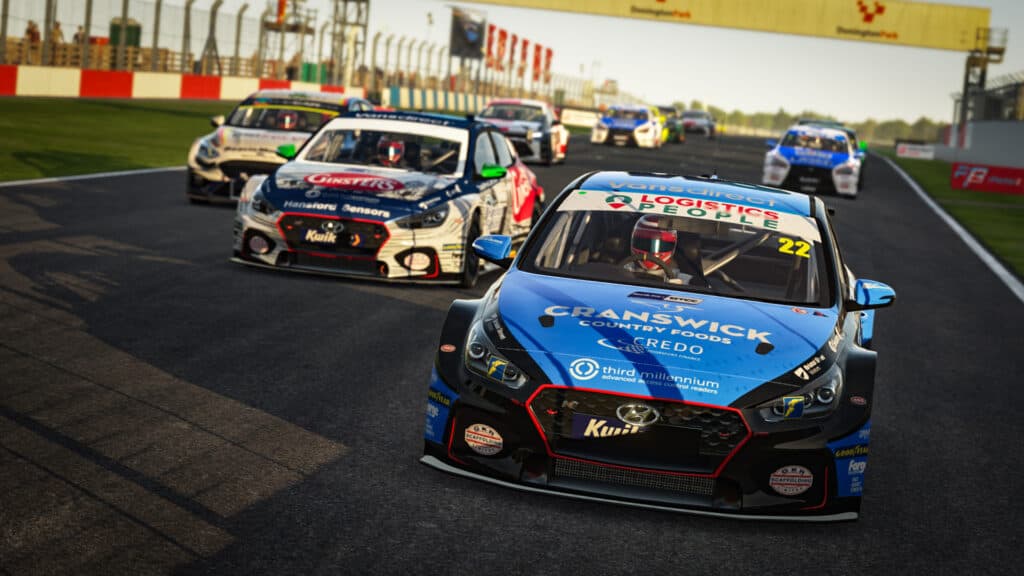
Using a third-party telemetry service is another way to make those comparisons. These services generally record all of your useful data, be it speed, steering angle, throttle inputs, and much more. Have a look to see how your braking point, racing line or steering angle compares and try to apply your learnings.
Formula 1 teams obsess over data, as they can see what their opposition is doing and use it to improve their situation. Embrace that pure telemetry goodness. Mmm.
Set-ups
A lot of people quickly find themselves absorbed – even lost – in the set-up menus of a racing game. Sure, lots of lap time can be found through optimal set-up, but you have to work your way towards this. Learn to walk before you stack it trying to run.
More often than not, the initial chunks of lap time that are missing are more down to the driving than the set-up, as generally default set-ups aren’t too bad. Make sure you are fully up to speed with the circuit yourself before making changes, because if you aren’t, you may be tricking yourself.
The set-up changes may be making the car worse, but as you are still learning, it’s just your improved driving that’s making the difference.

Another important thing to bare in mind is to only make one set-up change at a time. I know it can be painful and time-consuming, but changing multiple elements of a set-up without fully understanding the implications will leave you unsure as to which element made the difference.
You will very quickly find yourself lost on Damper Island – just off the Camber Coast. (near Packer Peninsula?)
Change Your Routine
So you’ve exhausted every possible avenue when it comes to finding lap time and are now beginning to get a bit bored. This is where you can start to practice the other aspects that will make a difference come race day.
Change it up by practising your race starts, be it with or without AI opponents. Practice on a full fuel load and try to extend a stint by a lap. Practice on different tyre compounds to learn about the tyre wear rates and how to be more efficient. Practice alternative lines through areas where you expect to be two-wide.
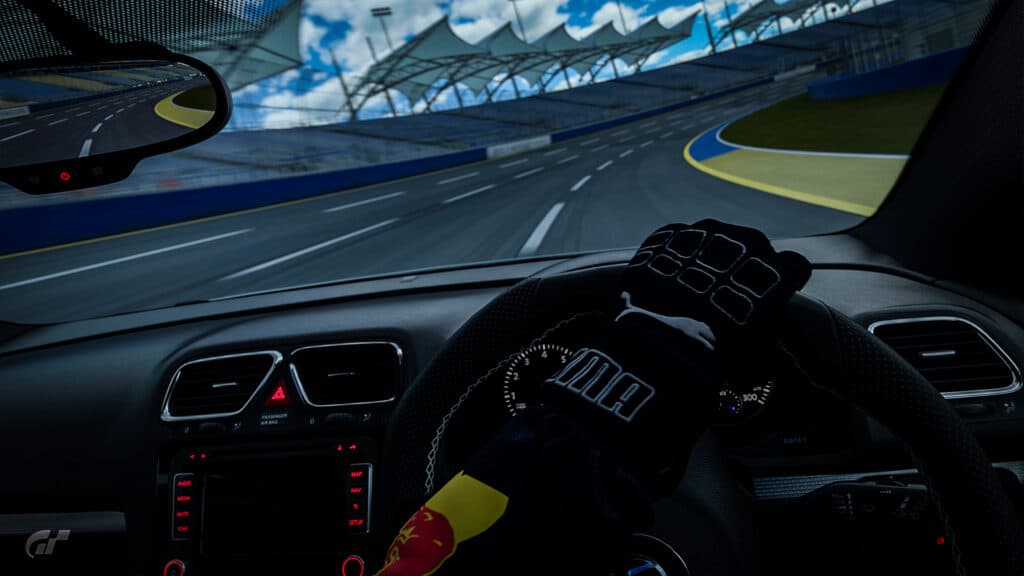
Putting in these extra practice programmes can vastly improve your race craft and overall race pace, gaining an advantage over your opponents who perhaps haven’t considered these extra elements.
Besides, changing your routine clears your mind and breaks the monotony. Change it up, learn more about the track and try to make it fun – this is sim racing after all. Despite all of this, you might still be struggling, and this last point is arguably the most important of all.
Take a Break
Make sure you rest. Take regular breaks from your rig or desk. When you’re not achieving desirable lap-times, you can find yourself drowning in frustration – and self-doubt. The fact of the matter is, you probably just need to take a break to recharge the batteries and regain concentration levels.
Taking this time to focus on anything but the sim is a great way to reset your mental state while giving your mind the time to absorb the information you have just learned. It’s amazing how the muscle memory will be right there when you return to the track.
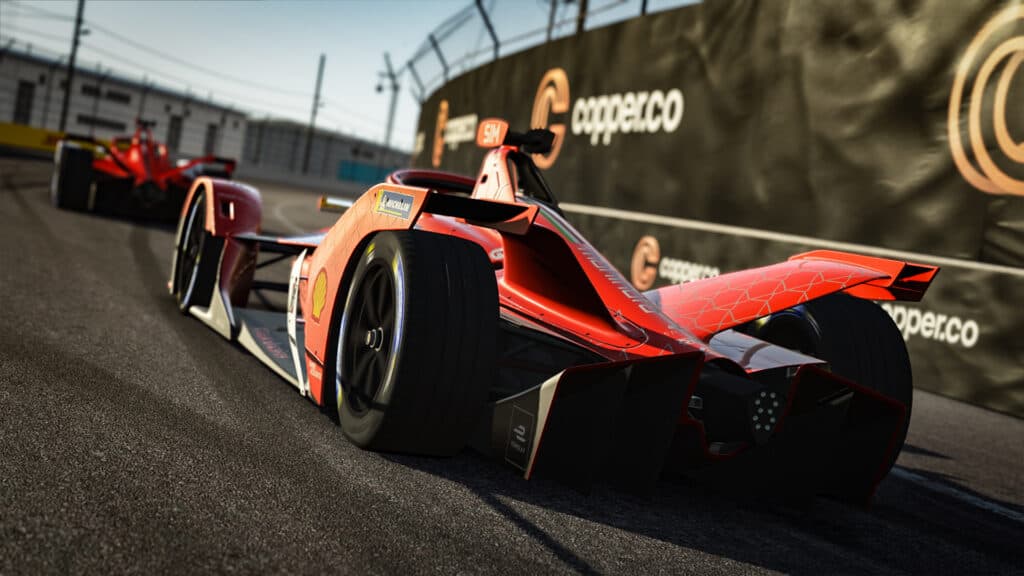
You may well have experienced this before and not realised it. Have you ever spent an hour trying desperately to beat your PB, before throwing in the towel? Then, after a break, you return to the circuit and your first lap is instantly quicker than that PB?
That break made all of the difference to your performance. Not only is this a crucial step in learning how to race, but it’s also a valuable life lesson when it comes to any time-consuming activity. Resetting with a fresh mind works wonders, don’t let yourself burn out, because even with an enjoyable hobby like sim racing, it can happen.
What single piece of sim racing advice helped you improve your pace or race craft? Are there any useful tips you think should be added to our guide? Let us know in the comments below.






Chat with the Community
Sign Up To CommentIt's completely Free